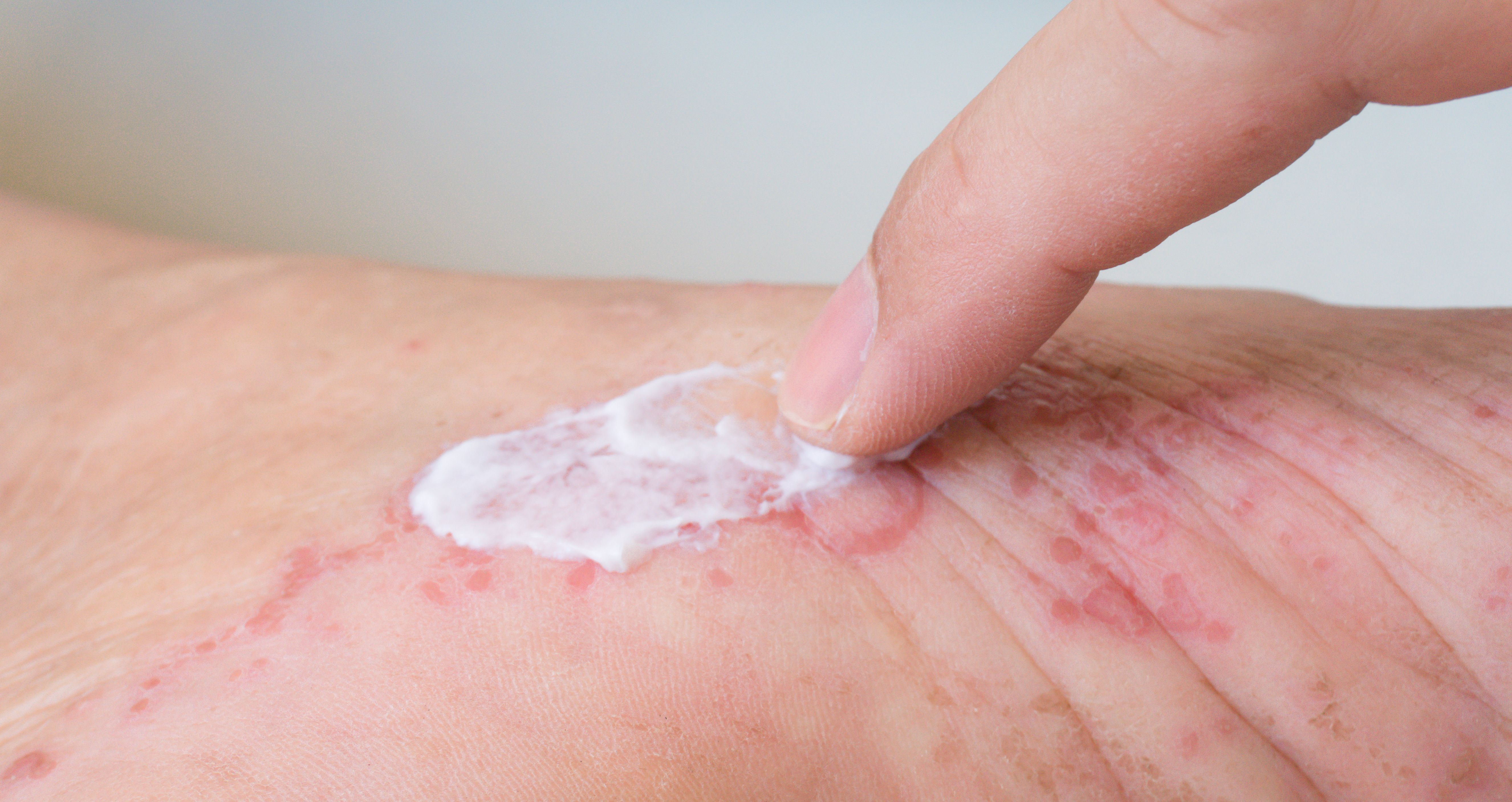Article
Black Individuals May Be More Likely to Experience Food Insecurity, Linked to Cardiovascular Risk
Author(s):
Economic food insecurity, associated with cardiovascular mortality, disproportionately impacts Black communities.
Individuals who face economic food insecurity were found to have an increased risk of incident coronary heart disease (CHD) and incident heart failure with reduced ejection fraction (HFrEF), according to a study published in JAMA Network Open. Individuals experiencing economic food insecurity had a 2-times greater risk of HFrEF (not caused by CHD) and a higher risk of cardiovascular (CV) mortality, according to the study.
“Economic food insecurity, but not proximity to unhealthy food options, was associated with risk of incident CHD and HFrEF independent of socioeconomic factors, traditional cardiovascular risk factors, diet quality, perceived stress, and other health behaviors,” the study authors wrote.
Food insecurity—having limited or uncertain access to nutritionally safe and adequate foods—impacts 11.1% of people in the United States, but disproportionally impacts individuals who are Black, Hispanic, and single parents. According to the US Department of Agriculture, non-Hispanic Black households have double the rate of food insecurity compared to non-Hispanic White households.
Food insecurity can also contribute to chronic ailments such as hypertension, diabetes, and obesity—especially in predominantly Black communities—it is also associated with heart failure (HF) risk factors and psychological stress. The investigators conducted a prospective epidemiologic study to better understand how food insecurity is associated with the risk of CV events (HF, CHD, and stroke) and the impact of poor diet quality and greater perceived stress on CV risk.
The prospective Jackson Heart Study (JHS) enrolled 3024 Black adults from Jackson, Mississippi, who showed no signs of CHD or HF at first visit. Participants answered questions about food insecurity, with responses scored using various measures—the Healthy Eating Index, Global Perceived Stress Scale, and Life’s Simple 7 were used, among others.
The analysis showed that economic food insecurity increased the risk of CHD and HFrEF independent of socioeconomic measures, despite participants being more likely to live in lower income areas, have lower education, greater perceived lifetime discrimination, and greater reported neighborhood problems and violence.
“The associations between neighborhood characteristics and economic food insecurity are largely unexplored,” the study authors wrote. Although, “a greater number of unfavorable factors have been associated with greater CV risk.”
Proximity to unhealthy food options was not associated with incident CV disease (CVD), but diet quality and perceived stress may be associated with worse heart conditions. These factors can cause inflammation and neurohormonal activation that is linked to increased risk of CVD.
Findings were self-reported and could be subject to misclassification. Additionally, this study’s definitions for economic food insecurity and physical food environment are not the same as those determined by the US Department of Agriculture. Finally, the study population may not be generalized to Black people living in other areas of the United States.
“These findings support economic food insecurity, which disproportionately affects Black communities, as an important factor in the well-documented racial disparities in CV health, and as a promising potential target for intervention,” the study authors wrote.
Reference
Zierath, Rani, Claggett, Brian, Hall, Michael, et al. Measures of Food Inadequacy and Cardiovascular Disease Risk in Black Individuals in the US From the Jackson Heart Study. JAMA Netw Open. 2023;6(1):e2252055. doi:10.1001/jamanetworkopen.2022.52055






